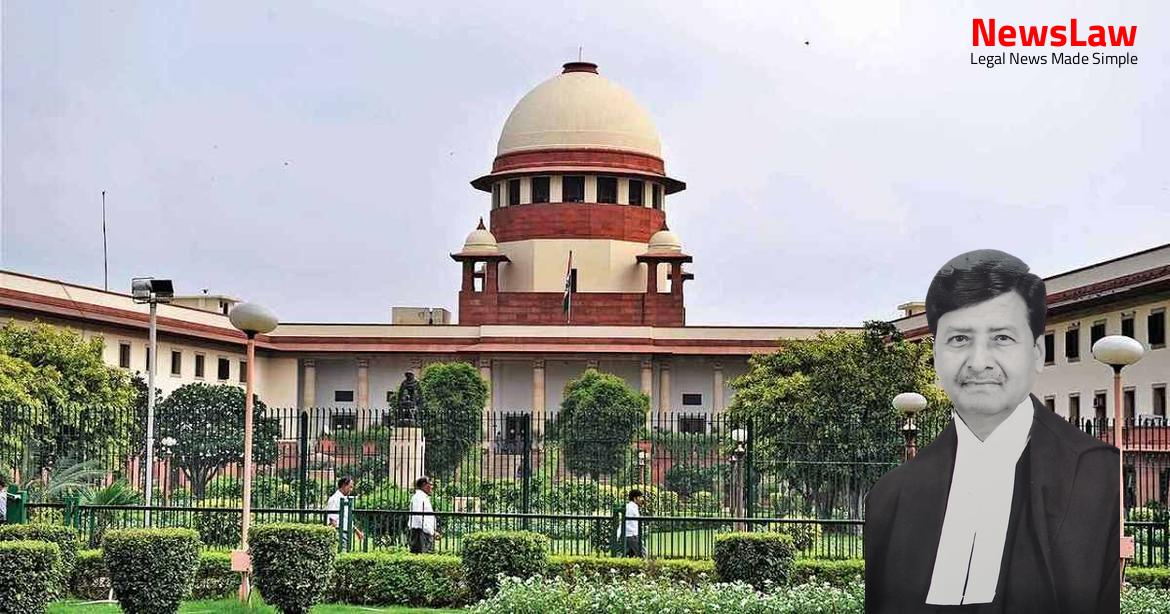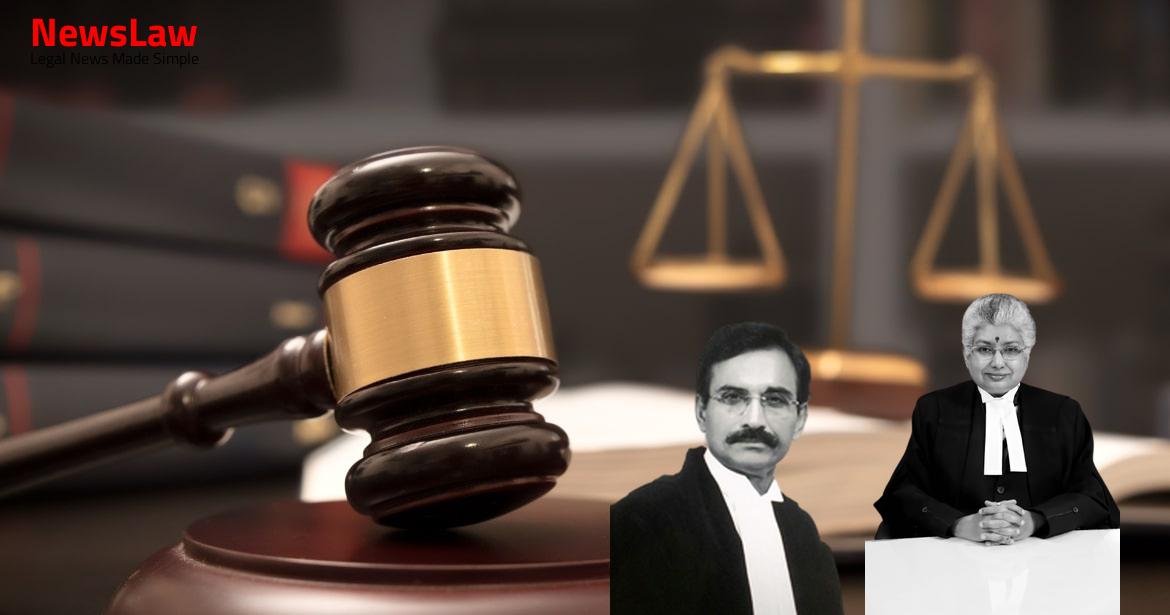In a significant legal battle, the Supreme Court of India has ruled on the preservation of biodiversity in the Western Ghats in the case involving the Ministry of Environment, Forests and Climate Change (MoEF-CC) and the Union of India. The judgment revolves around the Environmental Clearance for the greenfield airport at Mopa, Goa, emphasizing the need to protect the unique ecosystem of the Western Ghats. Stay informed about the latest developments in this crucial environmental conservation case.
Facts
- The Union of India in the Ministry of Environment, Forests and Climate Change moved the proceedings for the lifting of the embargo on the Environmental Clearance for the greenfield airport at Mopa Goa.
- 54,176 trees were felled and 500 trees were earmarked for transplantation as per the orders for the removal of trees.
- The airport is required to be operational within thirty-six months from September 4, 2017.
- 20,000 saplings have been re-planted to address the ecological impact of the project.
- The Expert Appraisal Committee (EAC) was directed to revisit its recommendations for the grant of Environmental Clearance and to impose additional conditions to protect the terrestrial eco-systems and formulate conditions concerning air, water, noise, land, biological, and socio-economic environments.
- The underlying concerns of the judgement were related to the preservation of biodiversity in the Western Ghats, emphasizing the need to replant ten trees of local species for every tree felled.
- The concession agreement for the airport was executed on November 8, 2016.
- The judgment dated 23 April 2019 addressed a challenge against a decision of the National Green Tribunal regarding the Environmental Clearance (EC)
- The Court in the case of Hanuman Laxman Aroskar v Union of India found the process leading to the EC grant on 28 October 2015 to be flawed
- The Court suspended the EC granted on 28 October 2015 pending completion of the mandated process
Issue
- The essence of the controversy is whether concerns from the earlier judgment have been addressed
- Key issue is if the highlighted concerns have been adequately remedied
- Focus of the current case is on the progress made regarding the issues from 29th March 2019 judgment
Also Read: CRPF Act: Validity of Rule 27 for Compulsory Retirement – Case of Head Constable vs. CRPF
Arguments
- The appellant, represented by Ms Anitha Shenoy, Senior Counsel, argued that the Environmental Appraisal Committee (EAC) was directed by the court to review the Environmental Clearance (EC) granted to the project on 29 March 2019.
- Ms ANS Nadkarni, Additional Solicitor General for the Ministry of Environment, Forest and Climate Change (MoEF-CC), supported the appellant’s submission, stating that the decision on granting EC rests with the MoEF-CC.
- Mr Nadkarni rebutted the contention that the project would impinge upon wildlife corridors.
Also Read: DAMEPL vs. DMRC: Curative Petition and Arbitral Award Restoration
Analysis
- The EAC has taken into consideration the concerns highlighted by the Court in its previous judgment during the assessment for granting the Environmental Clearance (EC).
- The Court emphasized the importance of judicial review standards in environmental cases, focusing on procedural compliance and ensuring all necessary factors are considered.
- The role of the independent engineer appointed is to supervise the airport construction according to ICAO standards.
- Following the Court’s direction, the EAC revisited its recommendations and conditions for the EC considering specific concerns raised in the judgment.
- EAC has followed a comprehensive process aligned with the requirements of the Airport Guidance Manual in evaluating the project.
- The EAC scrutinized the impact of the proposed airport on flora, fauna, hydrological systems, and climatic variations within the ESAs and forests in the Western Ghats region.
- The Court’s approach in reviewing the EAC’s decision-making process stresses on circumspection in micro-managing decisions and refraining from substituting its opinion for that of the EAC.
- The report dated 15 April 2013 is a valuable contribution to the preservation of biodiversity in the Western Ghats.
- The State of Goa, as the project proponent, failed to provide complete information on the existence of reserved forests, including those within a 15 km radial distance of the proposed airport at Mopa.
- Grant of Environmental Clearance (EC) and lifting of suspension by the Court
- Imposition of numerous mitigatory conditions on the project proponent
- Conditions are aimed at mitigating the environmental impact of the project
- Mitigatory measures to be implemented by the project proponent
Decision
- The project proponent will cover the costs, expenses, and fees of NEERI.
- The Environmental Clearance (EC) suspension will be lifted.
- A specialized body will oversee the project to ensure compliance with court directions cumulatively issued.
- The National Environmental Engineering Research Institute will be appointed to oversee compliance with court directions issued on 1 June 2011, 19 June 2013, and 29 May 2015.
- The EC was granted on 28 October 2015.
- The Miscellaneous Application is disposed of.
Case Title: HANUMAN LAXMAN AROSKAR Vs. UNION OF INDIA (2020 INSC 49)
Case Number: MA-000965 / 2019



